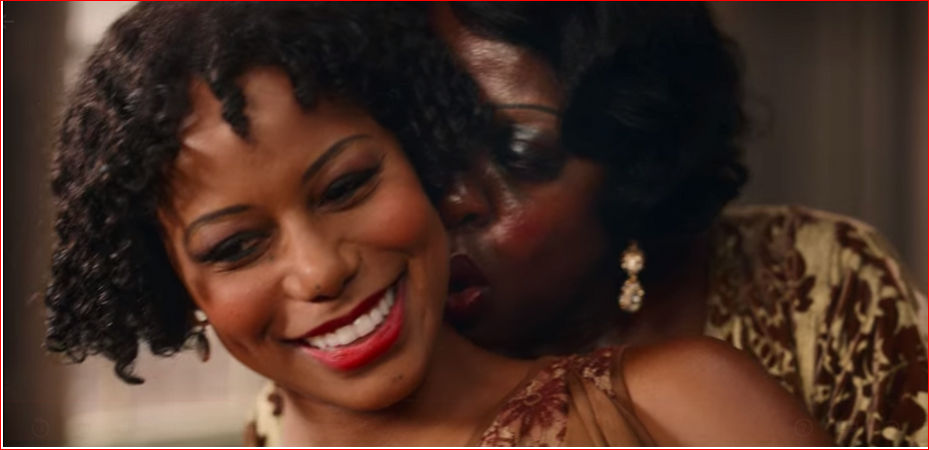Ma Rainey's Black Bottom - Marginal Bisexuality
August Wilson's early masterpiece "Ma Rainey's Black Bottom" debuted on Broadway in 1984. The play broke revolutionary ground by making a Black woman a main character. The play went beyond revolutionary by integrating the fact of Ma Rainey's bisexuality (revealed through the 1972 publication of Chris Albertson's biography of Bessie Smith) into its portrayal. This is done matter-of-factly. Ma brings her girl-toy Dussie Mae into the studio as part of her entourage, and though their relationship is clear, there's nothing overt about it in the play.
The movie, of course, ramps up the sexuality whenever possible. The other protagonist, Levee, also hits on Dussie Mae. In the 1984 play, he's only semi-successful, stealing a couple of kisses. In the 2020 movie he has full-on sex on the piano. Of course we can't have lesbian sex in a big-budget film aiming for wide release, but there are scenes of physical intimacy between Ma and Dussie Mae that portray the obvious. And yet Ma's bisexuality seems beside the point.
The hammered-home thesis of "Ma Rainey" is that the white man screws Blacks over every which way to Sunday. Part of Ma's heroic stature derives from the way she imposes her will on the whites around her. It makes her a bitch diva, but doesn't she have to be in a world stacked against her? She's dark-skinned, female, fat, and homely. No wonder she seems pissed throughout.
Yet the title of the play -- and the song which Ma composed -- belies that portrait. The song is funny and slightly lewd in a poker-room context. "All the boys in the neighborhood/They say your black bottom is really good/Come on and show me your black bottom/I wanna learn that dance." The real Ma Rainey was also funny and slightly lewd (check out her "Sissy Blues"), but not in August Wilson's world. Pride of place goes to his tormented men. The play may bear Ma Rainey's name, but it's the men of her band who get the big emotional arias. "What's the colored man gonna do with himself?" Toledo asks in his famous "leftovers" monologue. The "colored woman" doesn't even get the question. And *none* of Wilson's men in any of his plays have a homosexual bone in their bodies.
Where does Ma's bisexuality fit into all of this? I can't figure it out. It's potentially central. The sexual rivalry over Dussie Mae contributes to the conflict between Ma and Levee, but more fire and dialogue is given to their clashing views on music and performance. Although Ma is a commanding figure, compelling to watch, the play is ultimately Levee's. It is *his* oppression -- by the white man, by his uncomprehending boss (a queer woman), by his own self-sabotaging character -- that we are asked to bleed for. And yet it is the hapless innocent Toledo that he kills. Ma Rainey has left the studio. She seems strangely marginal by then -- along with her lesbian tendencies.
There will be lots of criticism and analysis of the movie. Viola Davis and Chadwick Boseman will be nominated for Oscars; kudos will flood to all involved. But this I prophesize -- there will be little discussion, outside of a throwaway reference, to the complexities of Ma's sexuality.
Recent Posts
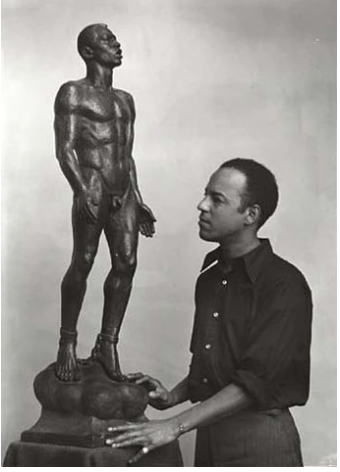
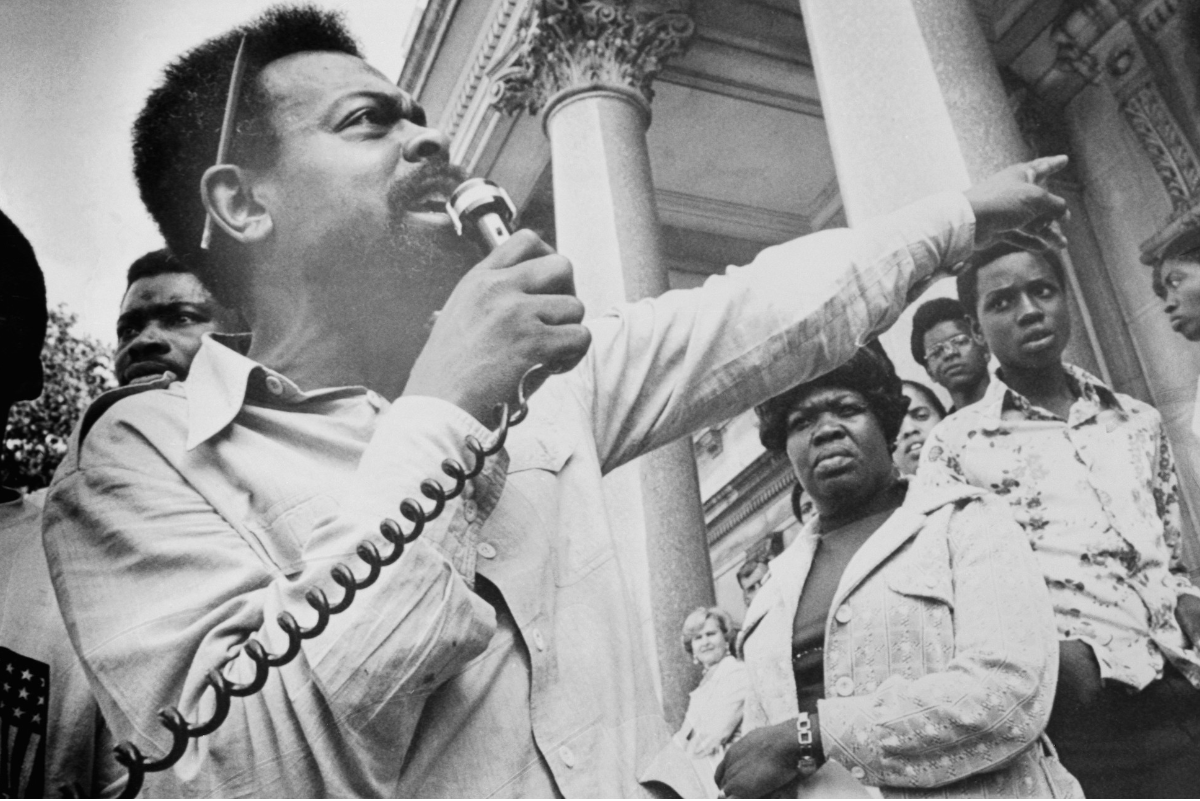
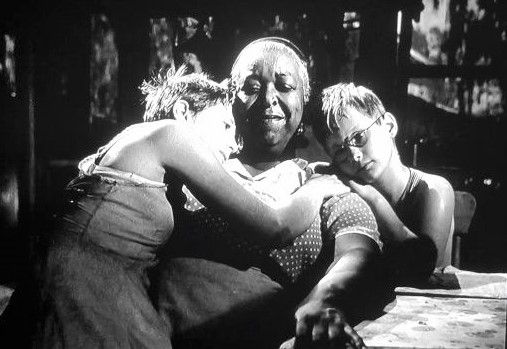
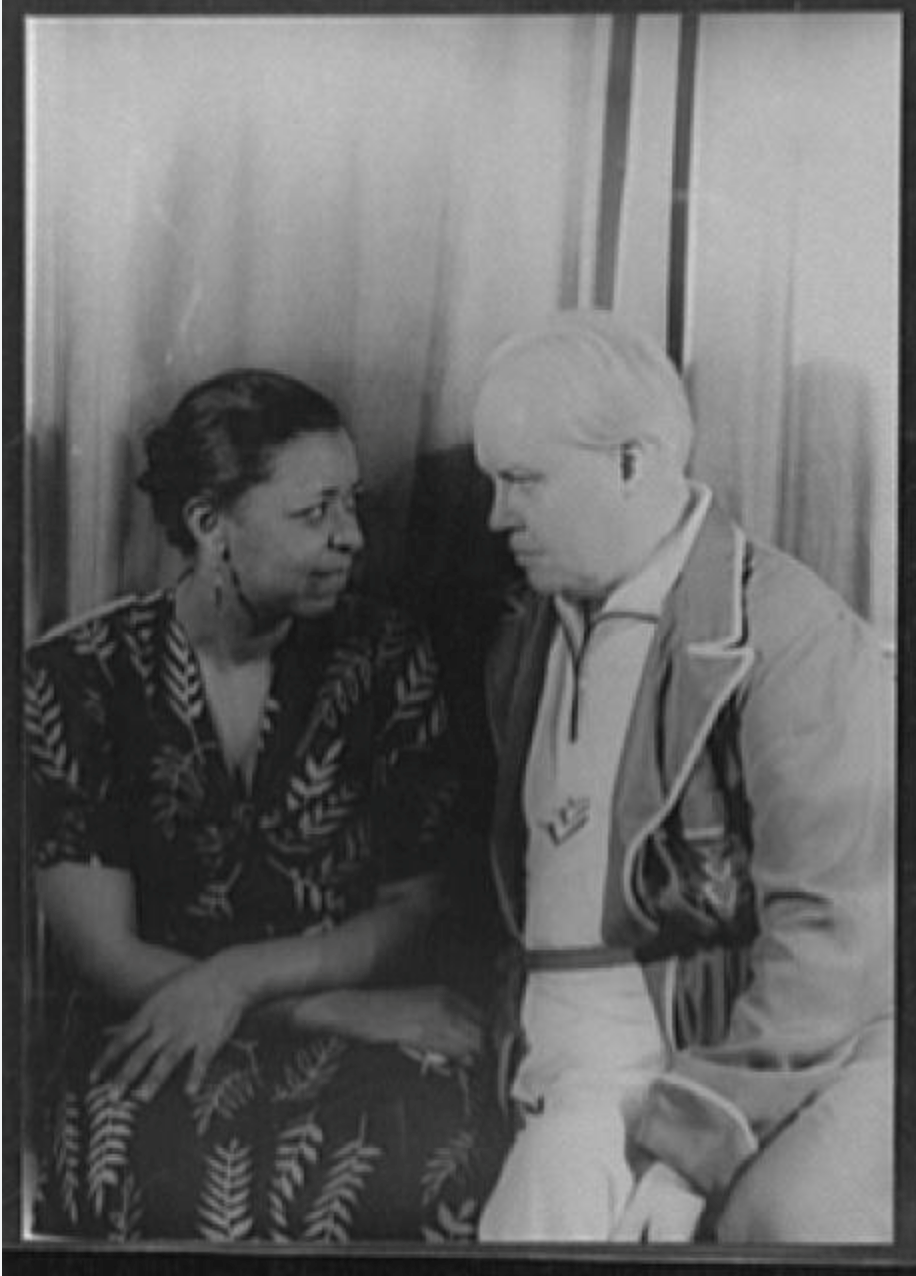
SHOGA FILMS is a 501(c) (3) non-profit production and education company. We create multimedia works around race and sexuality that are intended to raise awareness and foster critical discussion.
Contact Us
All Rights Reserved | Shoga Films
Stay Connected
Thanks for subscribing!
Please try again later.


